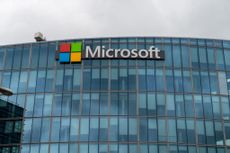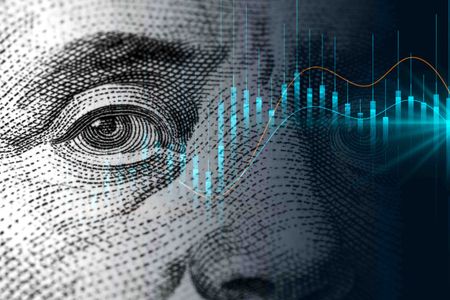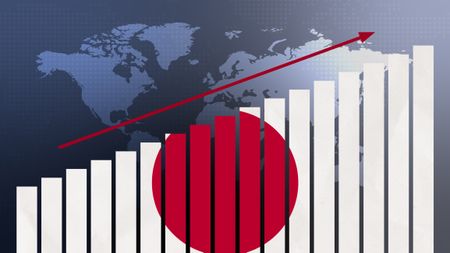Fund Basics: Sales Loads and Other Charges
Learn about the expenses funds charge and which ones you can avoid.
Funds offer plenty of benefits to busy investors. Here's a quick review of what they'll cost you.
Some mutual funds impose a sales charge when you purchase shares. These loads are essentially commissions that pay the professional adviser or broker who sold you the fund. There are also thousands of other no-load funds. They market directly to the public and have no salespeople. If you choose to research and invest in funds on your own, there is no need to pay this commission.
Sometimes the mutual fund tables in newspapers show two prices: the net asset value or "bid" price (the price at which the fund will buy a share back from a shareholder), and the "offering" or "asked" price at which you can buy a share. The offering price includes the maximum sales charge. With no-load funds, the bid price is identical to the asked or offering price.

Sign up for Kiplinger’s Free E-Newsletters
Profit and prosper with the best of expert advice on investing, taxes, retirement, personal finance and more - straight to your e-mail.
Profit and prosper with the best of expert advice - straight to your e-mail.
Front-End Loads
These charges hit you before your money is even invested and can cost you more than you think. Loads can vary greatly, but 5.75% isn't unusual. If you invest $1,000 in a fund charging a 5.75% load, for example, $57.50 will be subtracted up front and $942.50 will be invested in the fund's shares. A 5.75% sales charge thus works out to about 6.1% of your net investment.
Deferred or "Back-End" Loads
These fees are deducted from your account if you redeem shares before a specified period elapses. The amount of the charge and any conditions under which you may be exempt should be explained in the prospectus, but the language may be confusing.
A key point to check is whether your entire interest in the fund or just the amount you originally invested is liable to a deferred charge. If increases in net asset value, capital-gains distributions or dividends are exempt, you know going in the maximum charge you face and that your profits are shielded.
Redemption Fees
Slightly different from deferred loads, redemption fees are more worrisome if you are investing for capital gains rather than dividend or interest income. A redemption fee is levied against the net asset value when you sell, so it nips profits as well as the amount you invested.
Marketing Fees
Many funds take a special deduction from assets for advertising, marketing and other expenses, including commissions paid to brokers. These charges are called 12b-1 fees. If a fund charges no sales fee but levies a 12b-1 fee that is greater than 0.25% of assets, by law it can't call itself a no-load fund.
Management Fees
The fund's professional managers are paid an annual fee, commonly 1% or so of the fund's average assets but sometimes much more. (Fees tend to be higher for stock-oriented funds than for bond-oriented funds.) Some funds use an incentive system, periodically adjusting the fee according to the fund's performance compared with the stock market as a whole: The better the performance, the higher the fee. Nevertheless, all funds charge a management fee.
QUIZ: Test Your Investing IQ
The best way to compare management and 12b-1 fees between funds is to look at their expense ratios. These figures are calculated by totaling the management and 12b-1 fees (but not loads) and dividing them by the fund's total assets.
Get Kiplinger Today newsletter — free
Profit and prosper with the best of Kiplinger's advice on investing, taxes, retirement, personal finance and much more. Delivered daily. Enter your email in the box and click Sign Me Up.
-
 Microsoft Stock: Innovation Spurs Its 100,000% Return
Microsoft Stock: Innovation Spurs Its 100,000% ReturnMicrosoft's ability to recognize the "next big thing" has allowed sales – and its share price – to grow exponentially over the years.
By Louis Navellier Published
-
 6 Great Vacation Ideas for Wheelchair Users
6 Great Vacation Ideas for Wheelchair UsersThese six places provide plenty of travel inspiration for people who use wheelchairs.
By Becca van Sambeck Published
-
 What DOGE is Doing Now
What DOGE is Doing NowThe Kiplinger Letter As Musk's DOGE pursues its ambitious agenda, uncertainty and legal challenges are mounting — causing frustration for Trump.
By Matthew Housiaux Published
-
 A Move Away From Free Trade
A Move Away From Free TradeThe Letter President Trump says long-term gain will be worth short-term pain, but the pain could be significant this year.
By David Payne Published
-
 Trump’s Whirlwind Month of Crypto Moves
Trump’s Whirlwind Month of Crypto MovesThe Kiplinger Letter The Trump administration wants to strengthen U.S. leadership in the cryptocurrency industry by providing regulatory clarity.
By Rodrigo Sermeño Published
-
 What Could Derail the Economy This Year?
What Could Derail the Economy This Year?The Letter While the outlook for the U.S. economy is mostly favorable, there are plenty of risks that bear watching.
By David Payne Published
-
 Three Ways President Trump Could Impact the Economy
Three Ways President Trump Could Impact the EconomyThe Letter Some of Trump's top priorities could boost economic growth, but others risk fueling inflation.
By David Payne Published
-
 Europe Faces Economic and Political Headwinds Next Year
Europe Faces Economic and Political Headwinds Next YearThe Letter Challenges for Europe: Potential tariffs, high energy prices and more competition from China will weigh on the bloc in 2025.
By Rodrigo Sermeño Published
-
 Don't Sleep on Japan's Economic Transformation
Don't Sleep on Japan's Economic TransformationThe Letter After almost three lost decades, Japan — one of the world's biggest economies — is finally showing signs of life.
By Rodrigo Sermeño Published
-
 Start-ups Trying to (Profitably) Solve the World’s Hardest Problems
Start-ups Trying to (Profitably) Solve the World’s Hardest ProblemsThe Letter More investors are interested in companies working on breakthrough science to tackle huge societal challenges. The field of deep tech has major tailwinds, too.
By John Miley Published